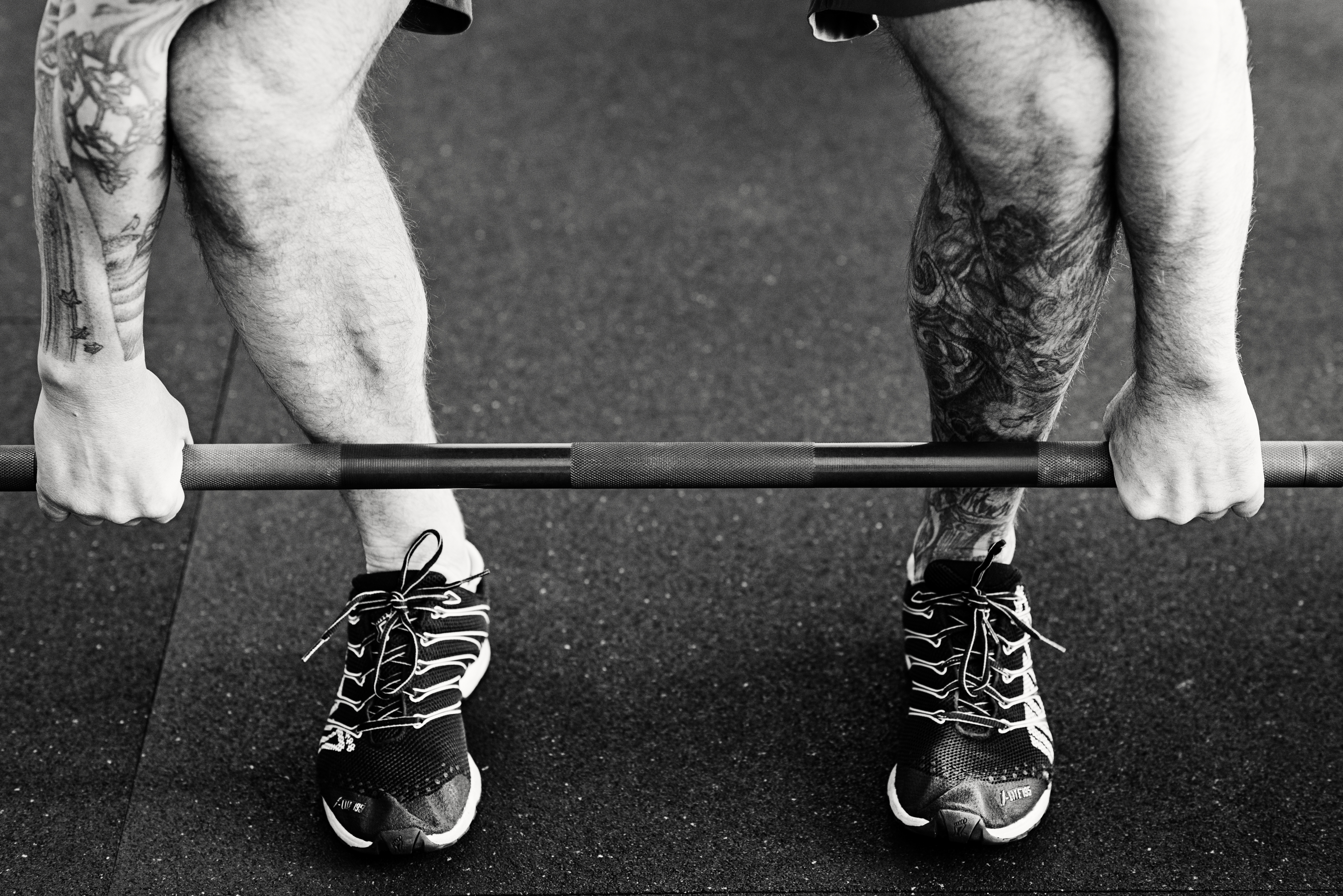Acquiring a membership to a local gym, attending small group fitness classes, or signing up for personal training has proven time and time again to aid in refining an individual’s health and fitness. Building muscular strength, redistributing fat mass to lean muscle, enhancing mood, staving off risk factors for metabolic disease, managing stress, and contributing to an overall increased state of happiness are just a few benefits of adhering to a consistent exercise routine. Memberships to a local gym, a series package to a Yoga class, or signing up for ten sessions with a personal trainer are potent catalysts to accelerate efforts in achieving fitness goals. Attending a fitness class or ensuring you are on time for a personal training appointment motivates people to adhere toward exercising consistently because there is a sense of accountability to attending a scheduled fitness class that only runs at set times throughout the week. Regarding personal training appointments, fitness professionals reserve an appointment for someone to exercise at a specific time. Additionally, there is an obligation to attend such fitness services because they have been paid for with someone’s hard-earned money. However, even with financial commitments and an accountability partner with a personal trainer who has been paid a premium amount to be available to lead someone through a customized exercise prescription in a private setting, people still find a way to avoid exercising.
One of the biggest obstacles for people missing their exercise sessions isn’t necessarily the lack of resources to exercise; it’s factors of time, gym intimidation, or simply the dislike of entering a gym setting filled with other sweaty humans. Time is slim pickings for busy professionals and parents of young children. Forty hours a week is a lot of time to devote to one’s work and family life, making it challenging to drive to a local gym, find a parking space, and enter a packed gym floor during rush hour right after getting off of work. Activities such as soccer practice, music lessons, or making dinner for middle school-aged children are priorities for busy parents. There isn’t much time at the end of the day.
Due to the demands placed upon some people’s schedules, the last thing on their minds is ensuring to get exercise accomplished. More often than not, people want to progress in their health and fitness status. Losing weight, having more energy, living in less pain, and healthy management of psychological and emotional stress are things that pretty much everyone on the planet wants. It’s no surprise that consistent exercise offers this. Research repeatedly supports exercise’s beneficial effects on human lives by decreasing physical pain due to advancement in age, increasing bone mineral density to fend off arthritis and osteoporosis, increasing overall functional capacity, and aiding in managing psychological and emotional stress. So, what can we do to improve exercise adherence?
Having something to look forward to can make ingraining tactics in our weekly to-do sheet more obtainable. If we look forward to something, we build a sense of healthy anxiety, similar to an “I can’t wait” type of feeling. Perhaps finding a particular instructor at a Yoga or Pilates class whose teaching style you like could resonate with the pace and flow you like. You might enjoy the conversations, sense of humor, or music an instructor plays at a spin or core fusion class featured at one of Napa’s local gyms. Maybe it’s the colors on the wall, the lighting, or the smell of the fitness center that appeals to you. Having memorable portions of the experience at a chosen fitness center can offer a sense of fondness that makes participating in exercise desirable, as opposed to an inconvenient thorn in the side when the hours of the day rapidly trickle away.
Another helpful contributing factor toward ensuring a goal amount of exercise throughout the week is accomplished might be getting a workout in before the day’s hustle-and-bustle begins. In other words, paving out time to exercise by working out before work starts or before chauffeuring children around is a potently effective tactic toward exercise compliance. Don’t let the day get carried away on days you need to exercise. Otherwise, the likelihood of completing an exercise session is substantially less likely to occur.
It’s also critically important to choose an enjoyable exercise experience. If performing heavy barbell lifts and jumping around like a bunch of chimpanzees while listening to Swedish death metal is entertaining, go for it. However, if you’re forcing yourself to endure an experience of lifting heavy pieces of metal up and down while a cacophony of drums, guitars, and shrieking screaming are filling the airwaves, producing a sense of strife, perhaps that setting isn’t for you. Understanding what produces an enjoyable and memorable exercise experience is key to adhering to a healthy fitness practice. If someone resents an exercise setting, they’re less likely to attend and comply with consistent fitness efforts.
Finding an enjoyable, memorable, and fun setting assists in participating in more regular weekly exercise. Sometimes, working out earlier before our workday starts is helpful. Avoiding exercises and fitness settings that aren’t enjoyable aids in adhering to a fitness routine. No one likes doing things against their will. So, choosing exercises that give a sense of enjoyment, accomplishment, and fulfillment is important for complying with getting weekly exercise sessions accomplished. Try to have a good time in your fitness journey and reserve time for yourself to exercise so you can live happy, healthy, and strong lives.
Sean McCawley, the founder and owner of Napa Tenacious Fitness in Napa, CA, welcomes questions and comments. Reach him at 707-287-2727, napatenacious@gmail.com, or visit the website napatenaciousfitness.com.










